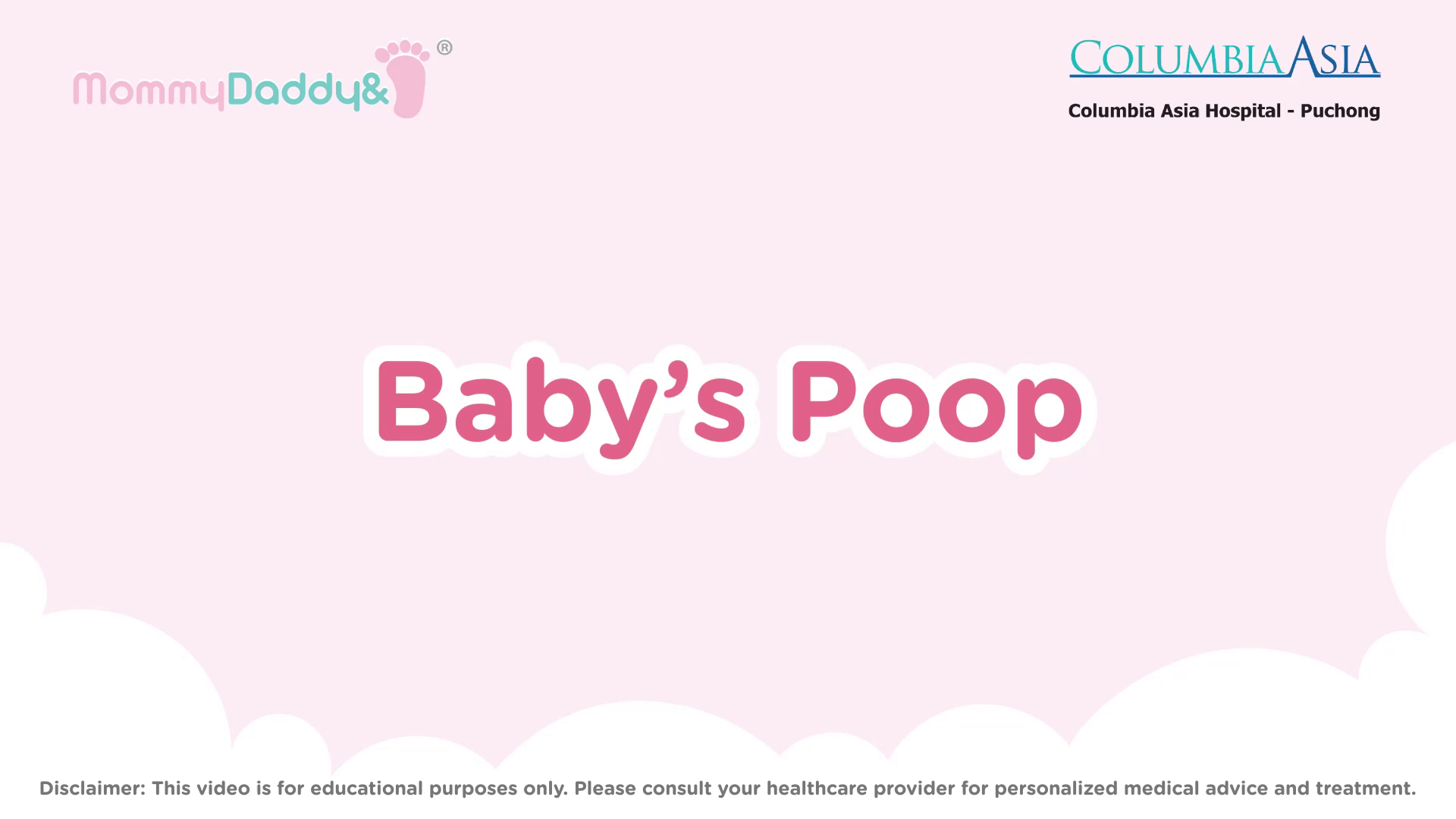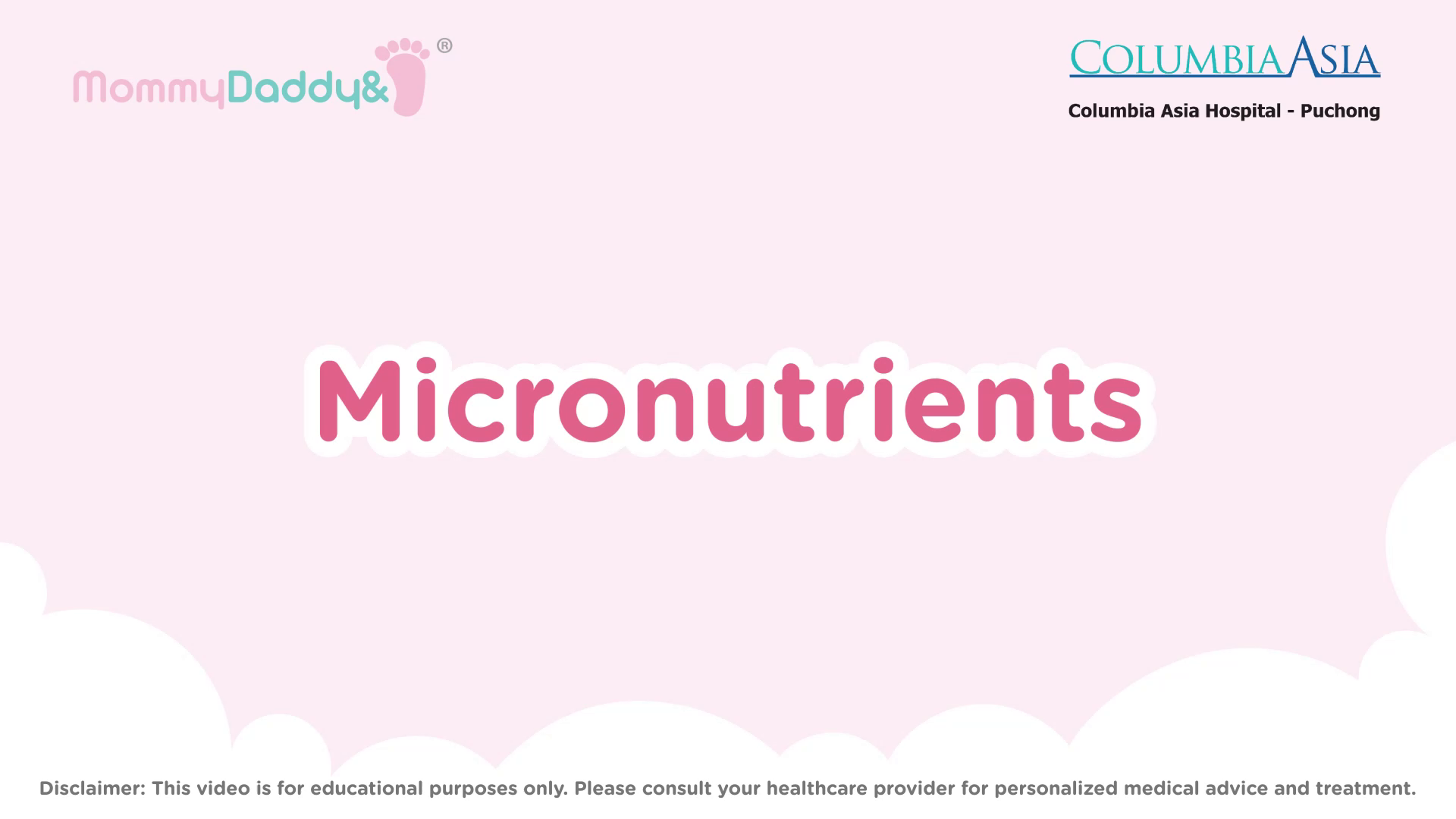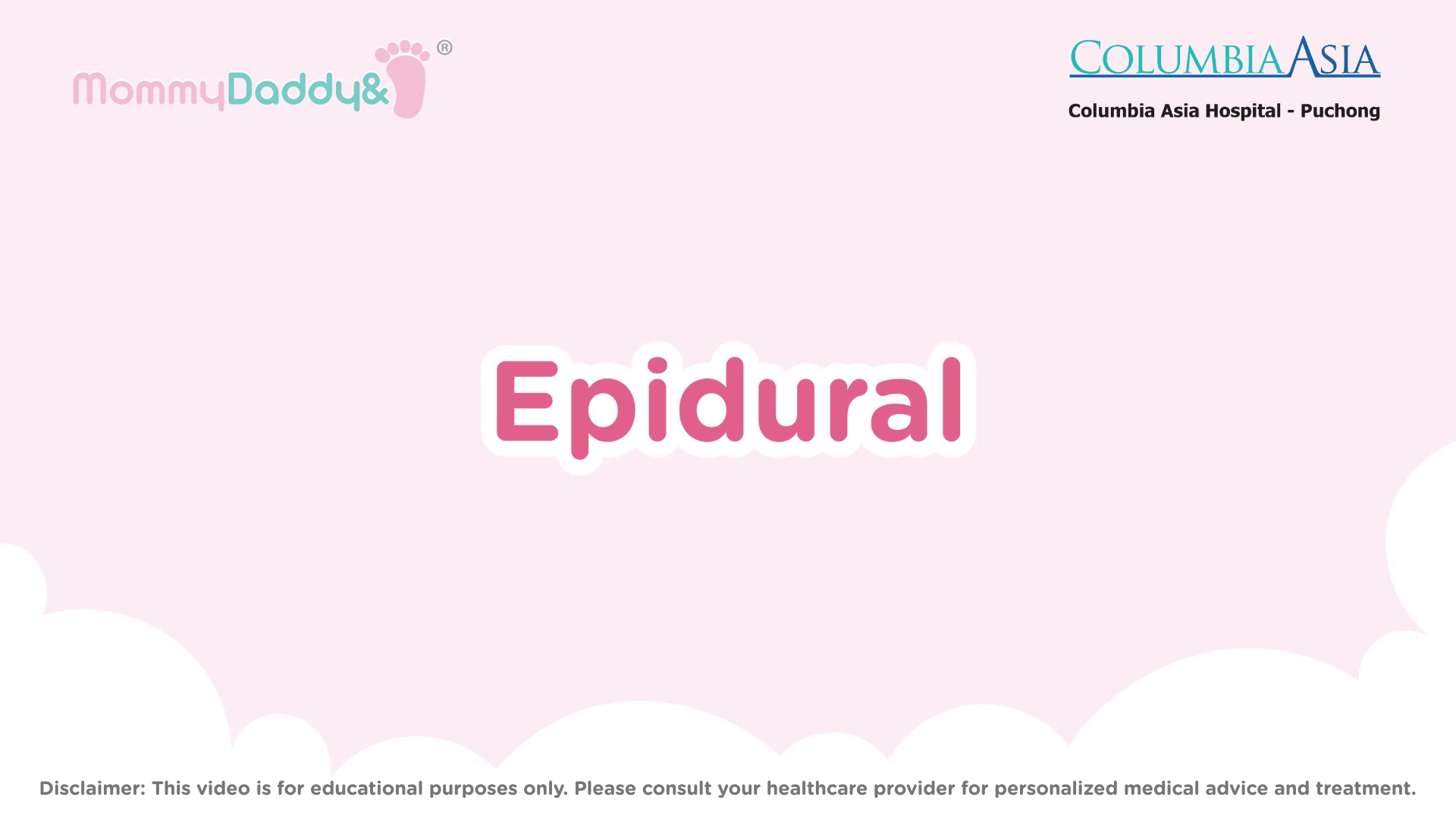
Why Sore Boobs Occur During Early Pregnancy
Sore boobs can be — well, a pain. But if you’ve been trying to get pregnant, you may be thinking that the ache in your bra is the sign you’ve been waiting for. Could this be it? Am I pregnant?! Already gotten those two pink or blue lines on a home pregnancy test? Alas, this sore feeling could last a while. But try not to worry — most of the changes your girls are going through are totally normal. We’ll talk about this more in a minute.
Wondering if you’re pregnant? Well, what’s frustrating is that sore boobs can occur for so many different reasons. Some relate to hormones that ebb and flow not just during pregnancy, but also during your regular cycle. Before you let your disappointment settle in at another inconclusive sign, though, let’s look a little closer — there are some distinguishing features that often make sore boobs a little different in pregnancy.
What it feels like during pregnancy
Like breasts themselves, breast pain comes in many varieties. It can happen in one or both breasts. You may feel it all over, in a specific spot, or moving outward into your armpits. The soreness can be constant, or it can come and go.
During the earliest weeks of pregnancy, breast pain tends to be dull and achy. Your boobs may feel heavy and swollen. They can be super sensitive to the touch, making exercise and sex play very uncomfortable. (Pro tip: Wear a reliable sports bra and also communicate with your partner to explore other areas during this time.) If you’re a stomach sleeper, the pain can keep you up at night.
For many women, the nipples are particularly sensitive in these early weeks. They can be so tender to the touch that it hurts to dry off after a shower or put on a bra (go braless with confidence!). But extreme nipple sensitivity typically passes within a few weeks.
As the first trimester progresses, you may notice fullness and heaviness rather than tenderness. Some women also experience a tingling sensation in the nipples and areolas during the first trimester.
Sharp breast pain — which can feel like a knife being stabbed into a specific area of one breast — isn’t common during pregnancy. While it can happen, this type of pain is less common with pregnancy.
Why breast pain occurs in early pregnancy
Breast pain is often the first symptom of pregnancy, occurring as early as one to two weeks after conception — technically, weeks three and four of pregnancy. That sore boob sensation peaks in the first trimester because your body is flooding with hormones. These hormones have an important job, preparing your body to grow a tiny human — a hungry little human.
To feed that hunger, hormones work quickly to prepare your breasts for breastfeeding. Blood flow to the area increases and your boobs grow larger. The cleavage may be pretty great — but this growth can also be painful, even causing skin irritation and itching. Ouch!
The milk ducts in your breasts also grow to prepare for breastfeeding. And hormones stimulate the growth of milk-producing glands. Basically, your boobs go through a massive growth spurt.
Other breast changes in pregnancy
Pain is not the only breast-related symptom you can expect during your pregnancy. During your first trimester, you may also notice blue veins pumping extra blood into your breasts and changes to the size or shape of your nipples.
During your second trimester (weeks 13–26), you may notice that your areolas — the pigmented areas around your nipples — have grown darker. And they’ll continue darkening throughout the second and third trimesters , too.
You may also notice tiny bumps on the areolas and wonder what is going on — but again, this is completely normal. These are called Montgomery’s tubercles. They’re oil-producing glands that lubricate the breasts during breastfeeding and make the process a little more comfortable for you and your little one!
During the second and third trimesters you may also begin leaking a yellowish fluid called colostrum. This can be a little disconcerting, but don’t worry! This is the good stuff. Colostrum is an immune-boosting fluid that your baby will drink in the days following delivery, before your milk comes in. This super nutritious fluid is sometimes called “liquid gold” because it’s so good for your baby!
Nipple discharge can happen anytime, but it’s particularly common during nipple stimulation. Nipple discharge can vary in color from creamy white to, yellow, green, or brown (might want to warn your partner about that one).
Bloody nipple discharge can also happen during pregnancy. Usually, it is the result of growing milk ducts, but sometimes it can be a sign of a blocked duct.
Although all this may sound horrifying — and potentially pretty embarrassing if it happens at the wrong time — leaked fluid and discharge actually happen in really small amounts. Concerned about discharge or a leak interrupting your day? Breast pads (inserted into your bra), designed to soak up any leaks during breastfeeding, also work like a charm during pregnancy.
In the final weeks of your pregnancy, you may notice that your breasts have become even larger and heavier than before. Nipple discharge may become more frequent. And you may notice red streaks known as — you guessed it — stretch marks. You’re about to meet your little one!


